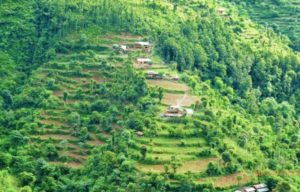 The current research effort on agroecological weed management is largely rooted in agronomy and field-scale farming practices. This article reviews current knowledge of landscape effects on weed communities and seed predation. The ecological processes underlying landscape effects, their interaction with in-field approaches, and the implications of landscape-scale change for agroecological weed management are discussed.
The current research effort on agroecological weed management is largely rooted in agronomy and field-scale farming practices. This article reviews current knowledge of landscape effects on weed communities and seed predation. The ecological processes underlying landscape effects, their interaction with in-field approaches, and the implications of landscape-scale change for agroecological weed management are discussed.
Boinot, S., Alignier, A. & Storkey, J. Landscape perspectives for agroecological weed management. A review. Agron. Sustain. Dev. 44, 7 (2024). https://doi.org/10.1007/s13593-023-00941-5









